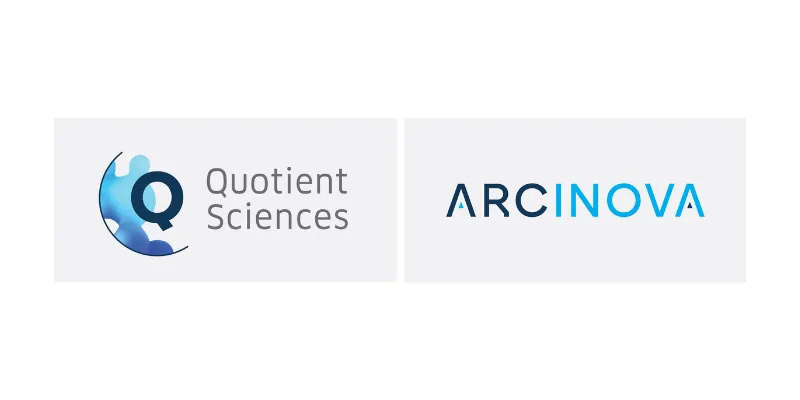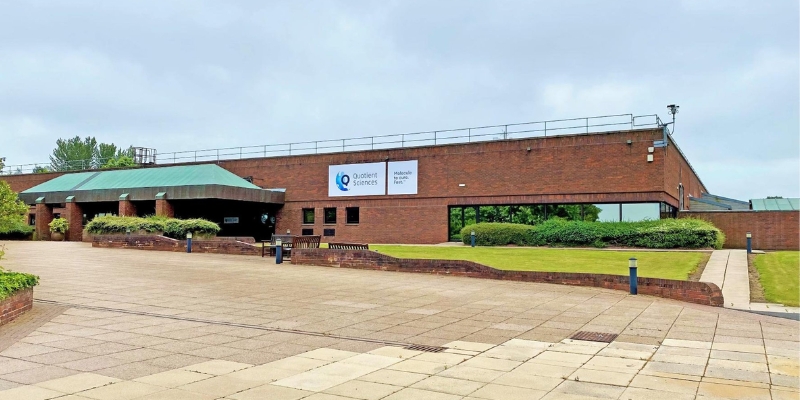In February 2021, Quotient Sciences acquired the contract development and manufacturing organization (CDMO) Arcinova, based in the northeast England. In this spotlight, we talked to Gareth Jenkins to find out more about his background and get an introduction to the expertise at the Alnwick site.
For more detail about Arcinova's services from Alnwick, UK, continue reading on arcinova.com.
What brought you to join Arcinova?
With over 25 years in the pharmaceutical industry, my journey began with a PhD in organic chemistry from Imperial College London, followed by roles in start-ups where I gained hands-on experience in GMP manufacturing, drug substance scale-up, and business development. I later worked in drug discovery and medicinal chemistry outsourcing, helping launch one of the first GPCR-targeted screening libraries.
After leading a not-for-profit consultancy focused on process knowledge management, I was introduced to the Alnwick site—now Arcinova—during a technical due diligence project. That visit eventually led me to join the team and help expand its drug substance capabilities.
What services does Arcinova offer?
Radiolabeling
With over 40 years of experience and more than 500 molecules labeled, the Alnwick site is a leader in radiolabeling. Our team provides expert guidance on optimal ¹⁴C label placement, balancing metabolic stability with synthetic feasibility, and has expanded GMP capacity to meet growing demand.
Bioanalysis
At Alnwick, we have invested significantly in state-of-the-art mass spectrometry as our main analytical detector, as this equipment has incredible sensitivity and specificity. Our bioanalysis team has developed 400+ assays for pre-clinical and clinical studies, leveraging advanced mass spectrometry for exceptional sensitivity. Recent work includes elemental assays for treatments like Wilson’s disease and high-resolution mass spectrometry has also helped our clients understand the pharmacokinetics of mixtures of isoforms of insulin.
Drug substance
Part of the Arcinova strategy was to establish drug substance process research and development (PR&D) and kilo-scale GMP manufacturing, combining with the site’s existing expertise in molecule characterization, formulation development, and bioanalysis to help clients get molecules to patients faster.
Flow technology
As we’ve grown, we’ve recruited some very talented colleagues with experience in the most recent developments in science and technology. Through our FlowInova™ initiative, supported by UK government funding, we’ve adopted data-driven process modeling to optimize scale-up using batch or continuous flow. This approach, combined with deep analytical capabilities, ensures seamless integration across drug substance, formulation, and bioanalysis.
What does the introduction of the state-of-the-art Alnwick facility offer Quotient Sciences customers?
This is the exciting bit. Together, there are so many opportunities for science and agility to integrate and combine. As a drug development and manufacturing accelerator, we can cut right across the artificial silos that pervade the pharmaceutical industry.
Learn more about the services offered by Arcinova on arcinova.com.


